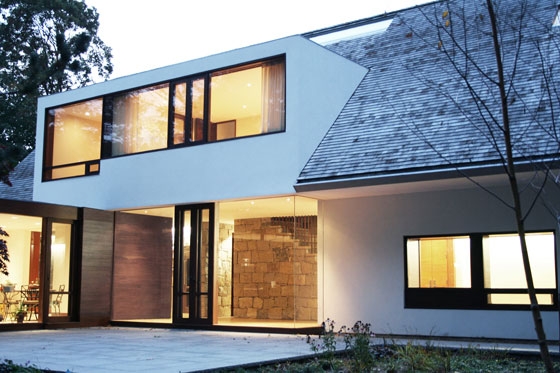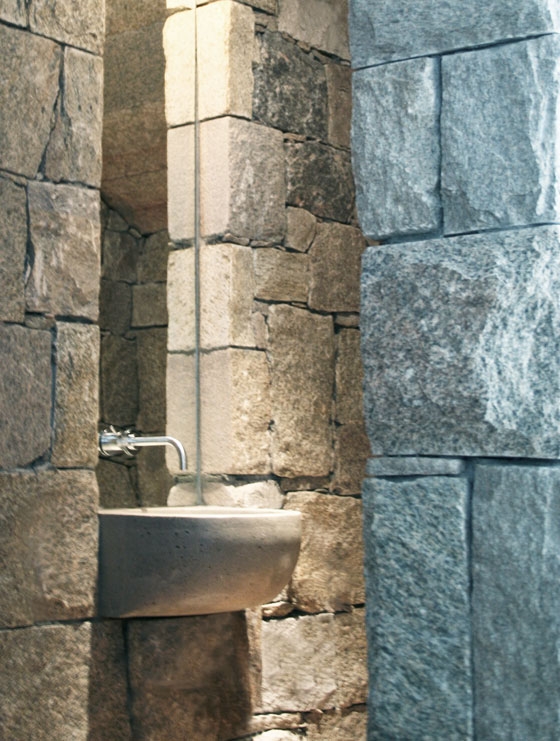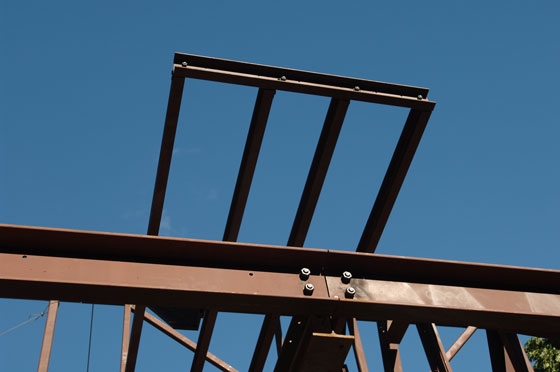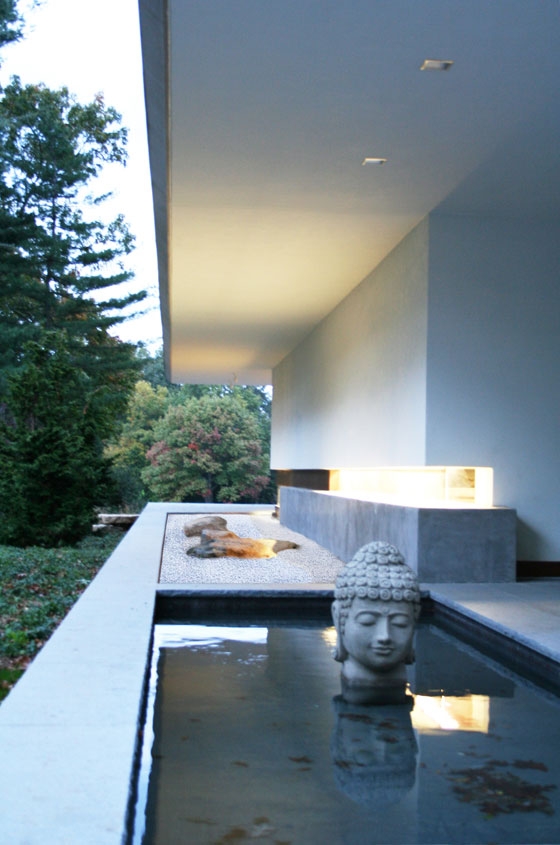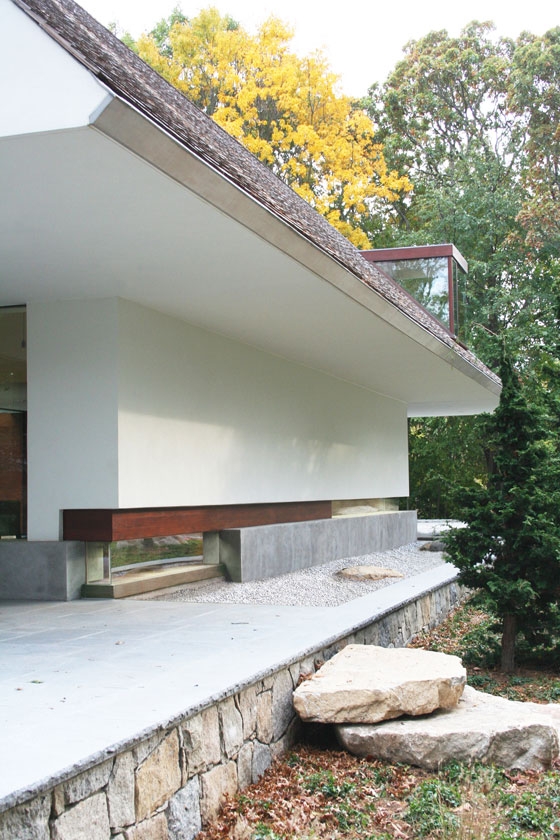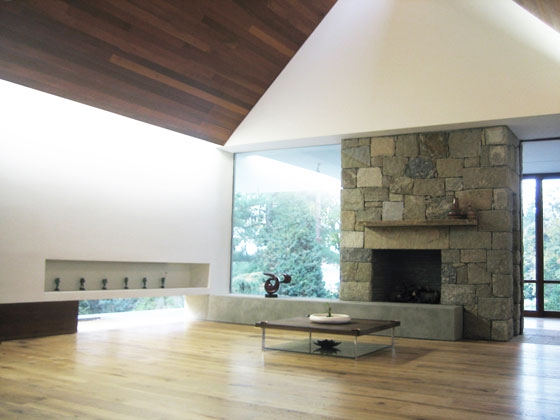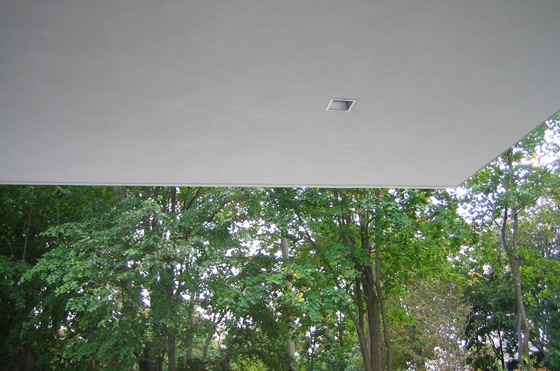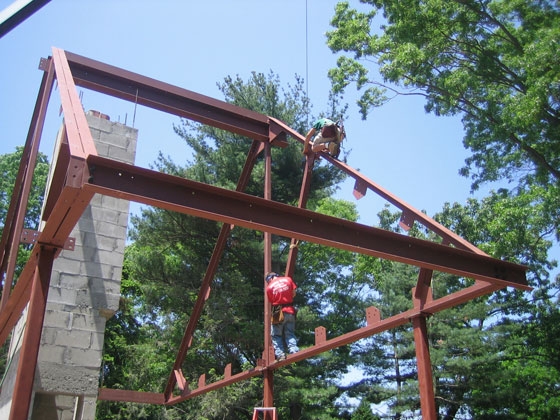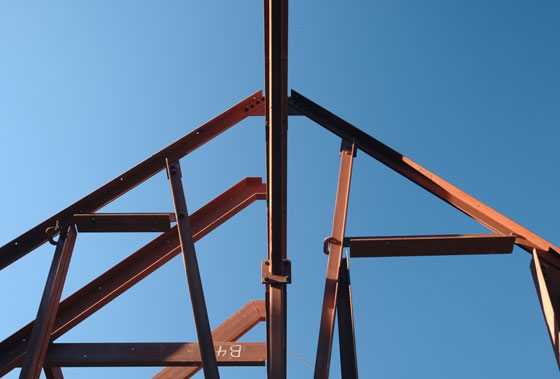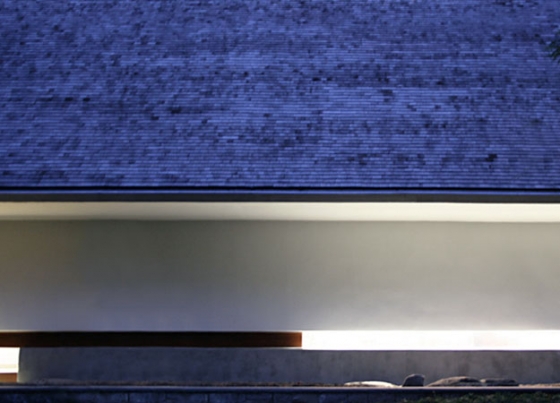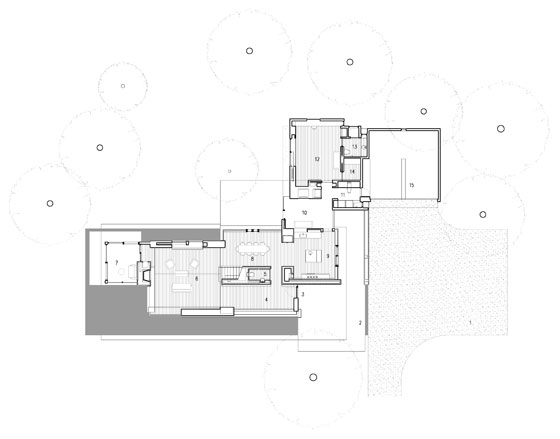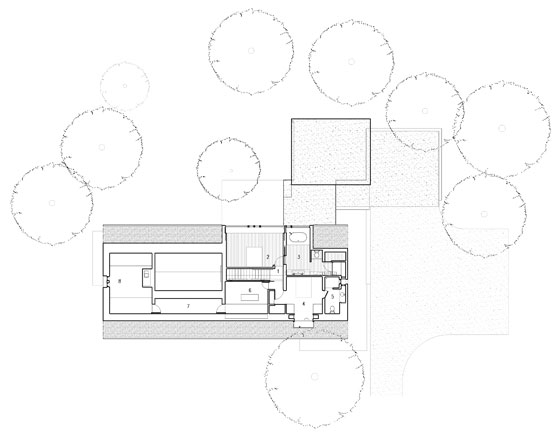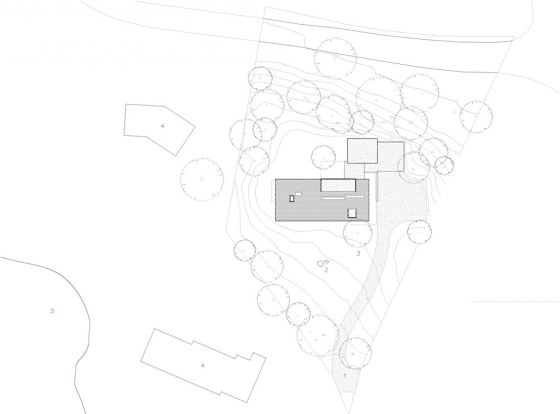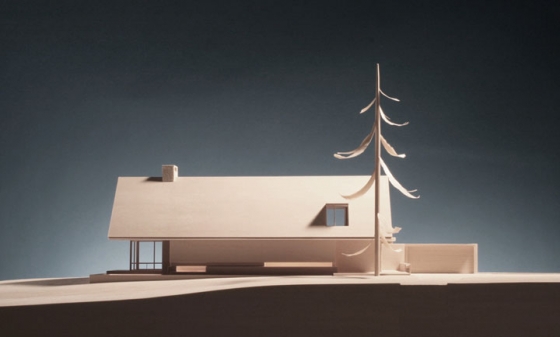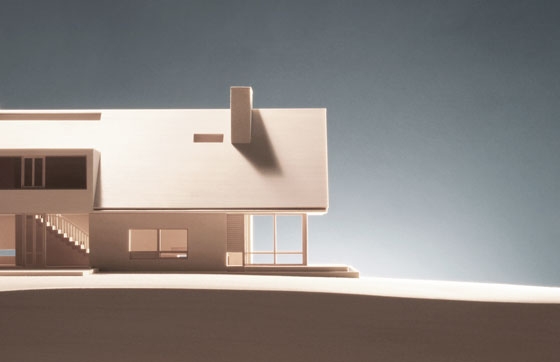The clients, their children grown, wanted to scale down their lives and build a smaller, three bedroom house, with a ground floor family room that could become the master bedroom in the future, should stairs prove too arduous. An important design directive was that the house "fit" among the traditional homes surrounding the site, built in the New England Shingle Style, as well as a place that spoke of family; that their grandchildren would have fun visiting.
The programmatic requirements were met with a main gabled volume, from which a one story wing slides out to provide a family room/home office adjacent to an attached garage, laundry and kitchenette.
The client's desire for comforting images of home became the central question of the project: how to provide the familiar, while making something meaningful. The idea was to embrace the expected forms and materials of the surroundings that have come to represent domicile not in a nostalgic way, but as the prosaic basis for revealing images we find shelter from, and what really sustains us. To that end, the expected gable roof is abstracted into an archetypal image of home-a taught, pure, triangular volume-balanced precariously upon an imperfect single stone wall rising out of the bedrock. One has an intimate tactile relationship to this wall; sliding along it through the entry, cooking upon it, inhabiting it in the powder room, building a fire in it, stepping onto it to the second floor bathroom, where one ultimately bathes in it.
The material palette was kept simple: reclaimed wood, local stone, water, and light. Their individual characteristics and roles overlap each other, invoking the relationship between things that continually change-the seasons, the movement of the sun, wind rippling across water, or the graying of cedar shingles over time-and the things that remain, such as immaterial emotions and familial ties-more lasting at times than bedrock-and how these apparent opposite inhabit each other.
[in terms of sustainability, working with Altieri Sebor Wiebor, the mechanical engineering consultants, we modeled sun patterns to produce precise energy calculations and employed ancient passive solar strategies to create a highly energy efficient house, while filled with natural light. Deep overhangs shade full height glass walls from the summer sun, and light stone patios designed to reflect light onto interior ceilings, eliminating the need for artificl lighting on all but the most overcast days. Skylights were kept to narrow dramatic slots to avoid large heat traps. A technique developed by the glazer for the restoration of Frank Llyod Wright Houses, enabled an insulating vacuum seal to be continuous around corners for frameless windows. Geothermal wells provide radiant floor heating, taking advantage of the deep bedrock which eliminated the need for concrete linings for the coring.]
In the end, sunlight enlivens old stoic stone, patios reach out to catch the fallen leaves of an old tree, and the imagined becomes inseparable from the real, in that wonderful state of grace grandchilden live in.
